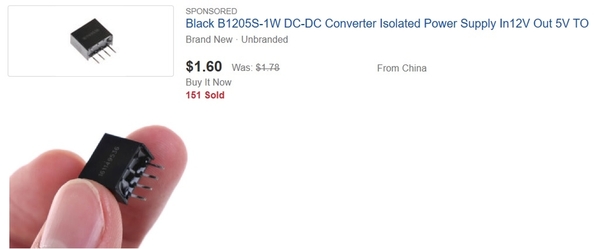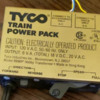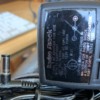A number of people have been seeking digital panel mounted AC volt or amp meters for use with model train applications. I recently spotted a listing on eBay with a selection of them.
The current auction number is 143361459558, but that can change. If that's no longer available, try searching for this.
Red LED Digital Digit Voltage Voltmeter Current Ammeter AC Meter Panel 3 1/2 Bit
Obviously, I am not allowed to post a link, but that should allow you to find them.
Here's the drop-down that shows the selections available, and a shot of the meter. Note that there's 10A and 20V & 50V versions, perfect for track power monitoring.






























